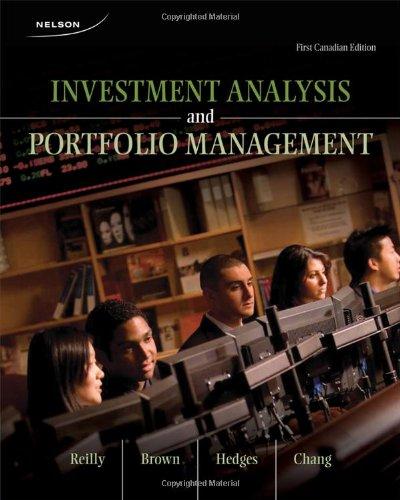Answered step by step
Verified Expert Solution
Question
1 Approved Answer
Fashion House, NIIIKE Designs recently hired you as an assistant to the CFO. Your first task is evaluating whether NIIIKE should expand by developing a
Fashion House, NIIIKE Designs recently hired you as an assistant to the CFO. Your first task is evaluating whether NIIIKE should expand by developing a new basketball shoe line using college basketball stars. Your research reflects the following information:
You expect the proposed project to span the next five years.
Current estimates indicate sales will be units in year one, with sales growth over the following years and growth in the final years.
The unit price in Year is $ Given estimated demand and inflationary pressure, prices are expected to rise by each subsequent year.
The project requires purchasing new equipment worth $ million after installation. The new equipment is stateoftheart, so you expect to be able to sell it for $ million when the project ends.
As a result of the project, current assets would increase by $ and payables would increase by $
The new equipment falls into the MACRS year class, so the applicable rates are and in each successive year.
Variable costs are estimated to be of the unit price for each year. They will be added along with the number of units sold. No economies of scale.
Fixed costs, excluding depreciation, are estimated at $ per year
The stateplusfederal tax rate is
WACC is Calculate this project's initial cash flow, operating cash flows, and terminal cash flow.
Calculate and interpret this project's payback period, net present value,return, modified internal rate of return, and profitability index. Should the project be accepted according to each number? Suppose the acceptable payback period is years.
Suppose you are not very confident in your estimates for unit sales. To gauge the impact of a wrong estimate, you analyze the sensitivity of NPV to different sales projections. Specifically, you calculate how NPV changes if your initial sales estimates are pm pm and pm above your initial estimates. Construct a table that shows the sensitivity analysis. Comment on whetherhow this affects the decision to implement the project.
Scenario Probability Unit Sales Unit Prices Variable cost
Best case sales growth for the first years, thereafter $ initially,
then price increase per year of the
unit price
Base case Same as the
initial forecast Same as the
initial forecast Same as the
initial forecast
Worst Case sales growth for the first years, and thereafter $ growth of the
unit price In addition to the sales forecast, you would like to test the projects outcomes under various conditions. Suppose you want to examine the following scenarios: Construct a table that shows NPV under the various scenarios, the expected NPV the standard deviation of NPV and the coefficient of variation. Comment on whetherhow this affects the decision to implement the project.
Typical projects for NIIIKE Designs typically have a coefficient of variation ranging between to A percentage point risk premium is added to the WACC if the initial CV exceeds and the WACC is reduced by percentage points if the CV is or less. What should be the WACC for this project? What is the revised value for the basecase NPV that was initially estimated?
In addition to the previous risk analysis, are there any externalities NIIIKE Designs should consider? No calculations are necessary. Consider only conceptual issues
Step by Step Solution
There are 3 Steps involved in it
Step: 1

Get Instant Access to Expert-Tailored Solutions
See step-by-step solutions with expert insights and AI powered tools for academic success
Step: 2

Step: 3

Ace Your Homework with AI
Get the answers you need in no time with our AI-driven, step-by-step assistance
Get Started


